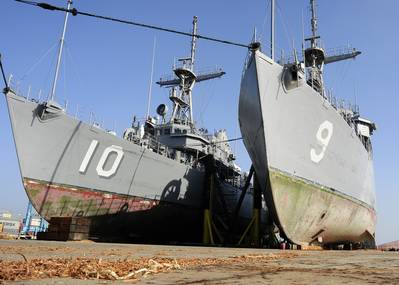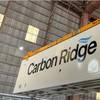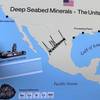Navy to Replace Mine Countermeasures Ships in Japan
The U.S. Navy announced Feb. 5 that newer, more capable mine countermeasure ships will forward deploy to Commander, Fleet Activities Sasebo, Japan, to become part of the U.S. Navy's Forward Deployed Naval Forces (FDNF).
The Avenger-class mine countermeasure ships USS Pioneer (MCM 9) and USS Chief (MCM 14) will report to the U.S. 7th Fleet as part of the FDNF in Sasebo in May 2014. They will respectively replace the mine countermeasure ships USS Avenger (MCM 1) and USS Defender (MCM 2), which have both faithfully served in the FDNF since 2009.
Pioneer and Chief collectively represent a significant improvement in capability for the FDNF. Avenger and Defender will both prepare for decommissioning and eventually be heavy-lifted back to their homeport of San Diego in June 2014. Pioneer and Chief are expected to arrive in Sasebo in the May 2014 timeframe.
Avenger is the first of the Navy's Avenger-class mine countermeasures ships. Built by Peterson Builders Inc., in Sturgeon Bay, Wis., she was christened by Sybill Stockdale June 15, 1985 and placed in active service Sept. 12, 1987.
Defender is the second Avenger-class mine countermeasures ship and the first United States Navy ship to bear that name. The keel was laid down by Marinette Marine Corp. in Marinette, Wis., Dec. 1, 1983. She was christened and launched April 4, 1987 and commissioned Sept. 30, 1989.
The two ships will have faithfully served the U.S. Navy for a combined 52 years.
These hull swaps will not necessitate any changes to base facilities in Sasebo or San Diego.
The United States values Japan's contributions to the peace, security and stability of the Indo-Asia-Pacific and its long-term commitment and hospitality in hosting U.S. forces forward deployed there. These forces, along with its counterparts in the Japan Self-Defense Forces, make up the core capabilities needed by the alliance to meet our common strategic objectives.
This hull swap is called an Overseas Force Structure Change and is part of the Navy's long-range FDNF strategy to rotate newer and more capable units forward. Maintaining an FDNF capability supports the United States' commitment to the defense of Japan and the security and stability of the vital Indo-Asia-Pacific.
cpf.navy.mil











